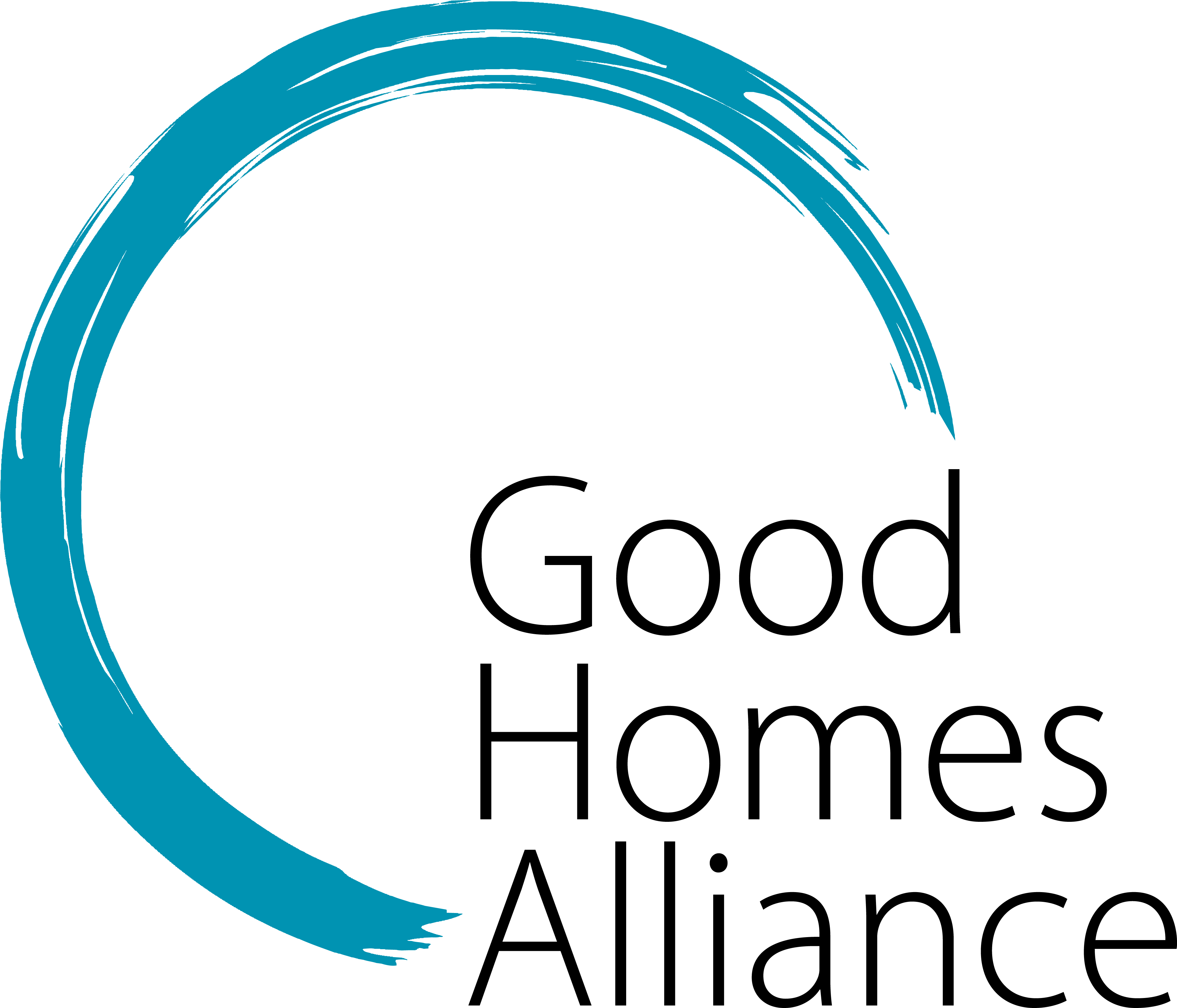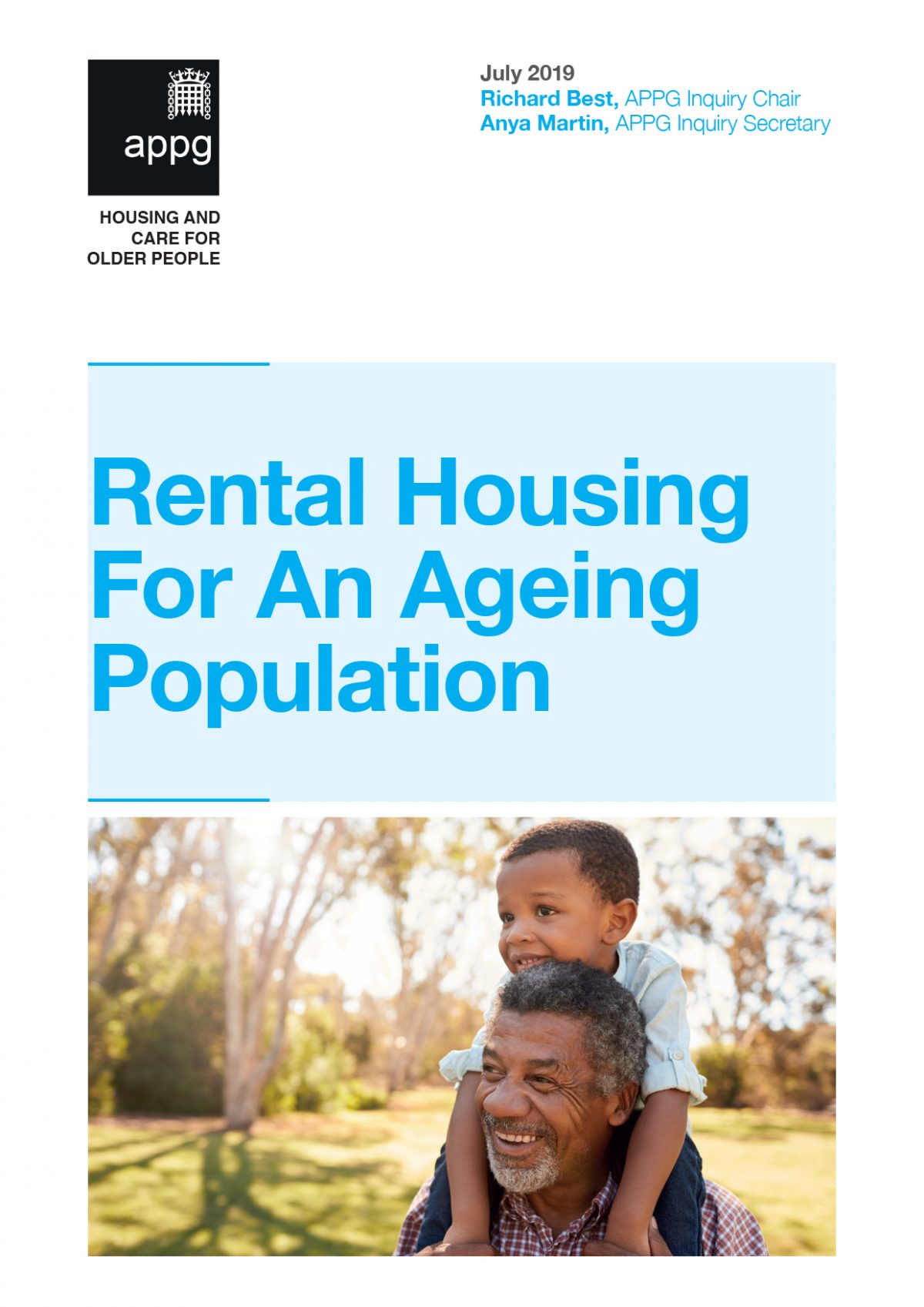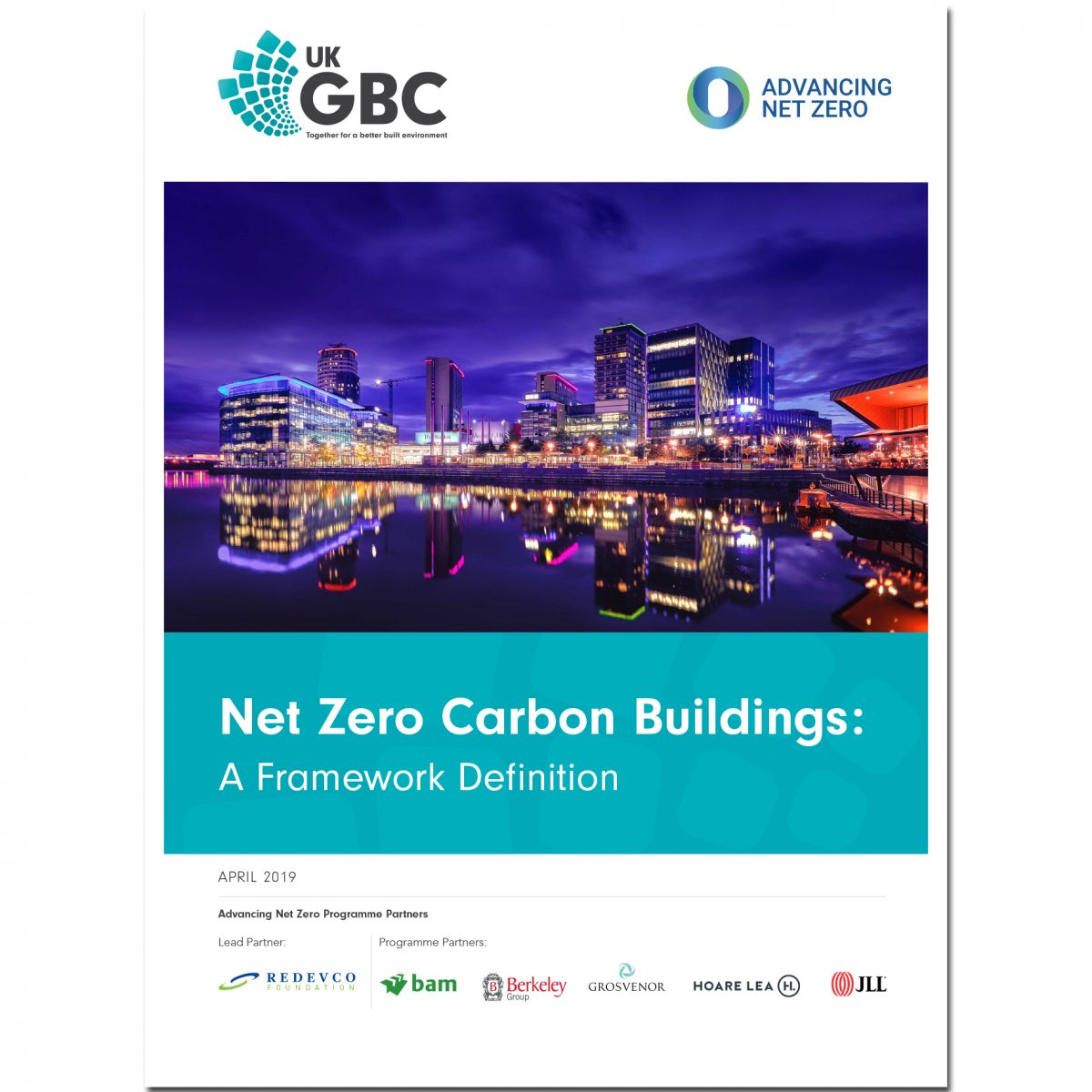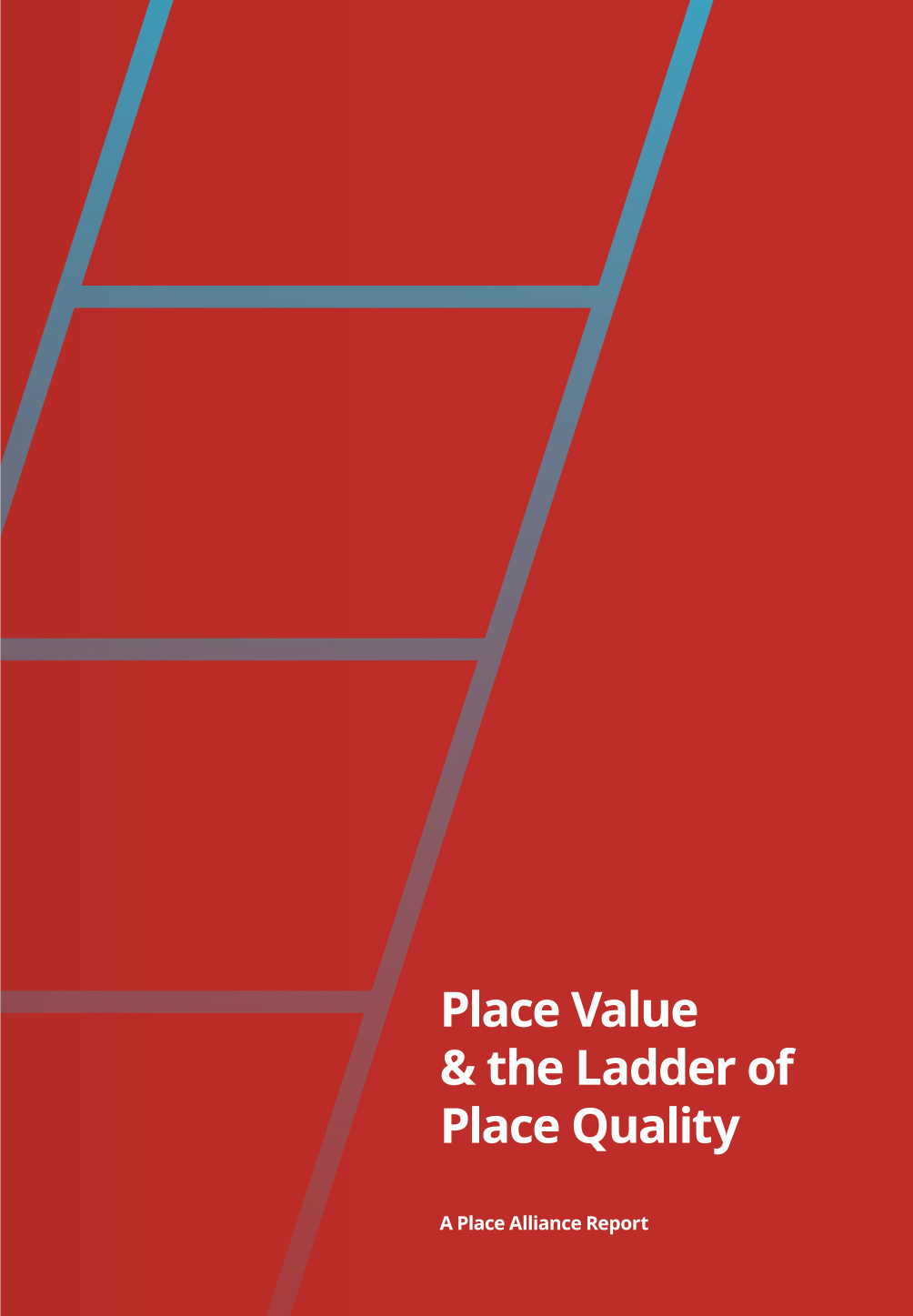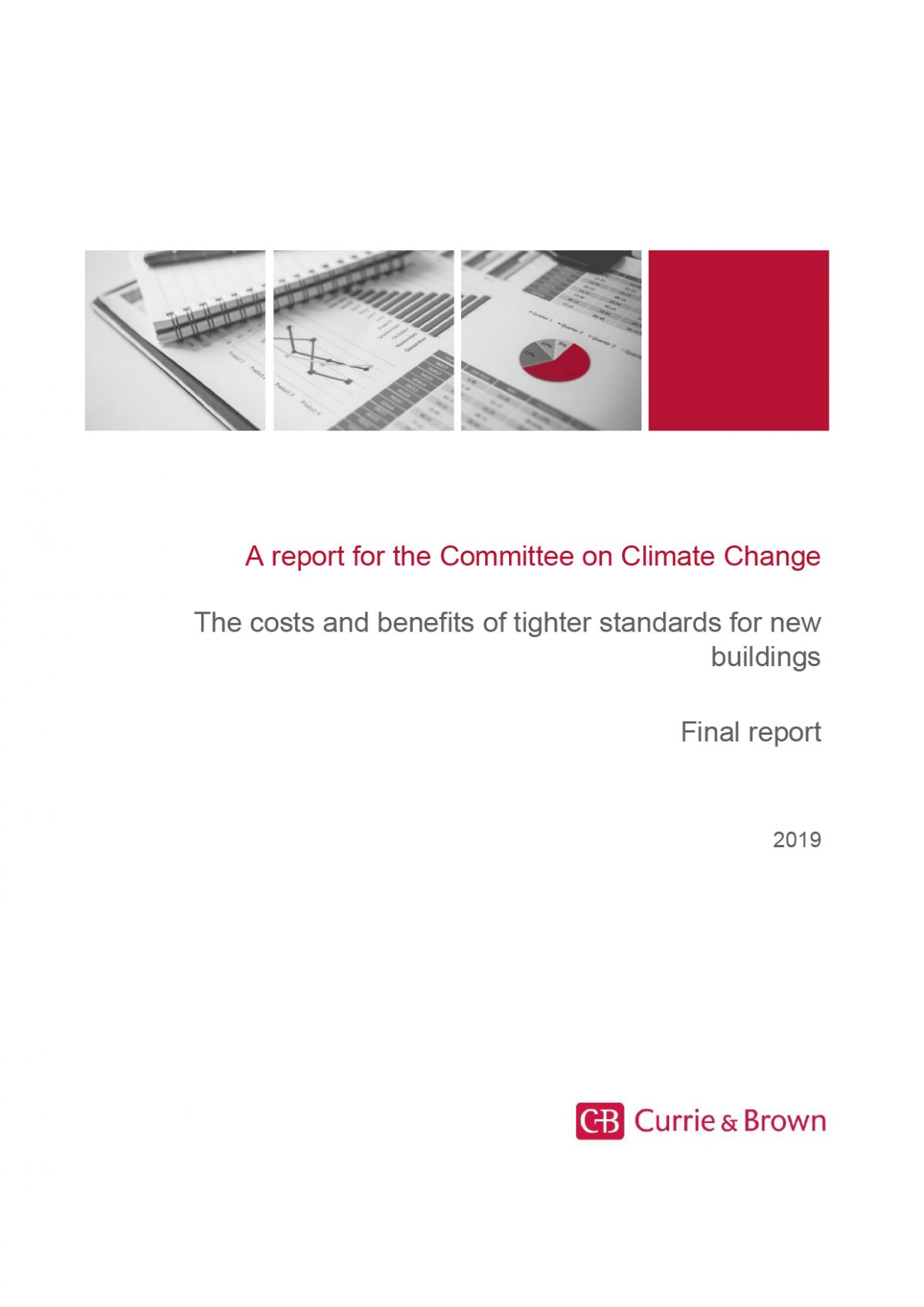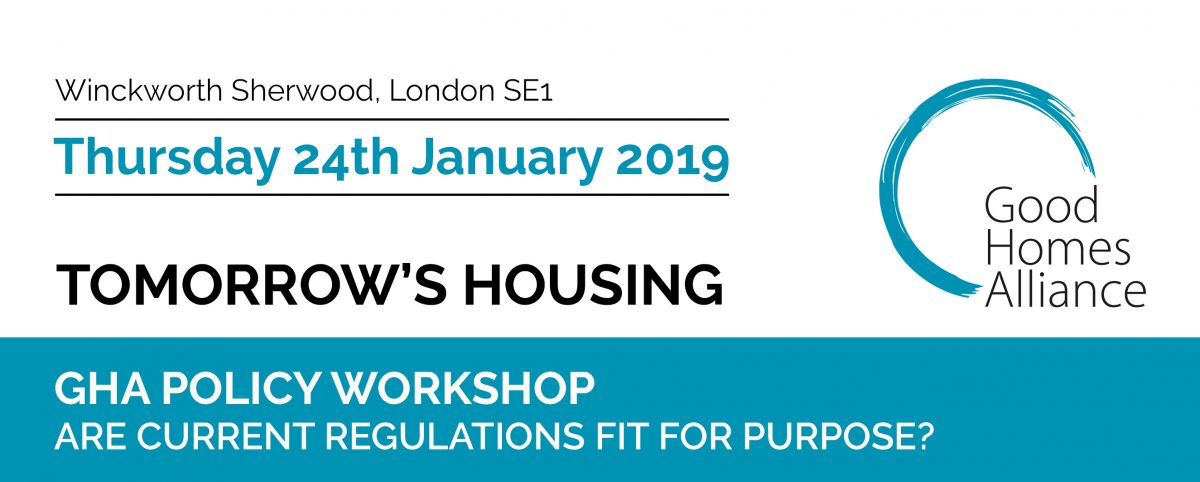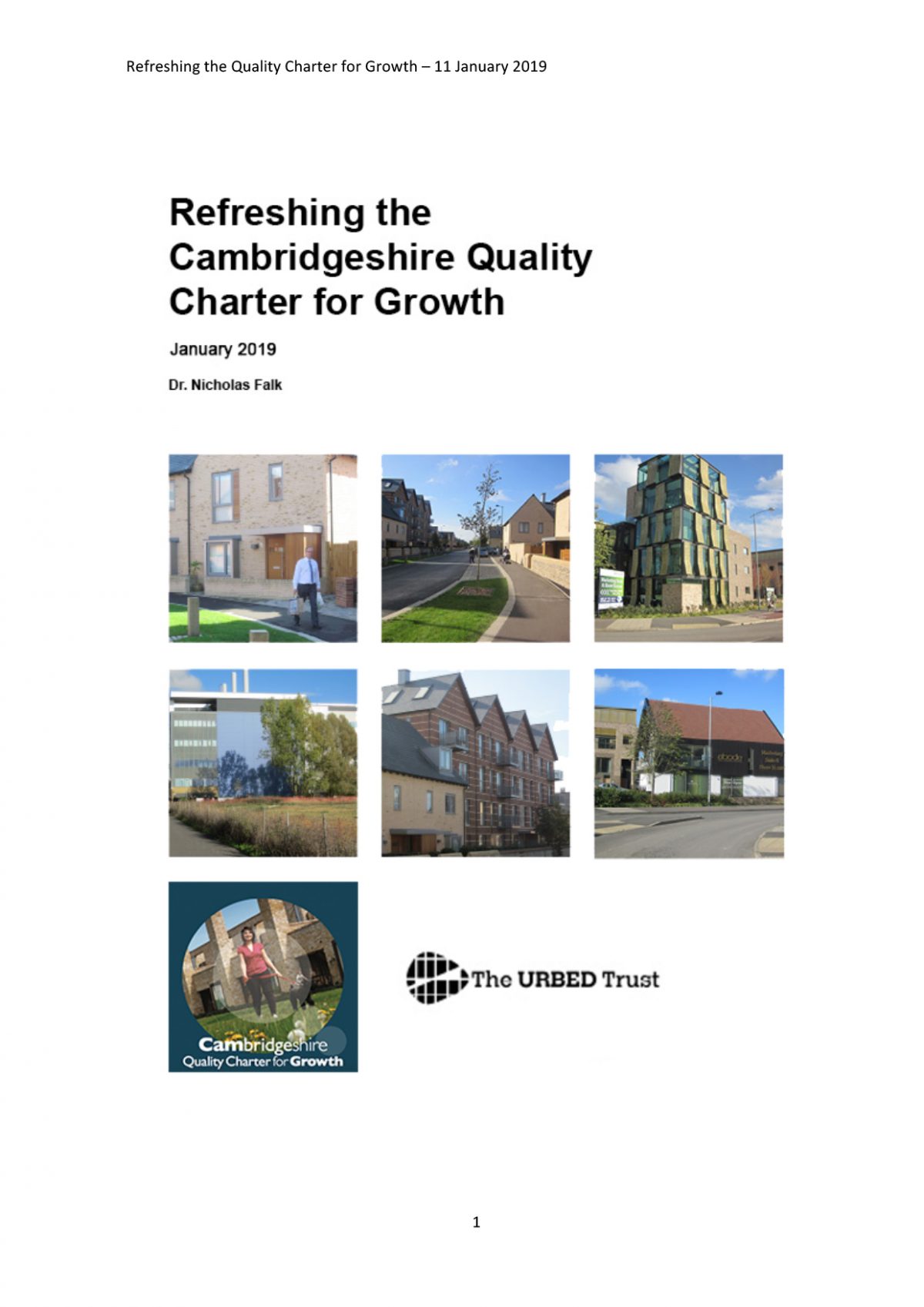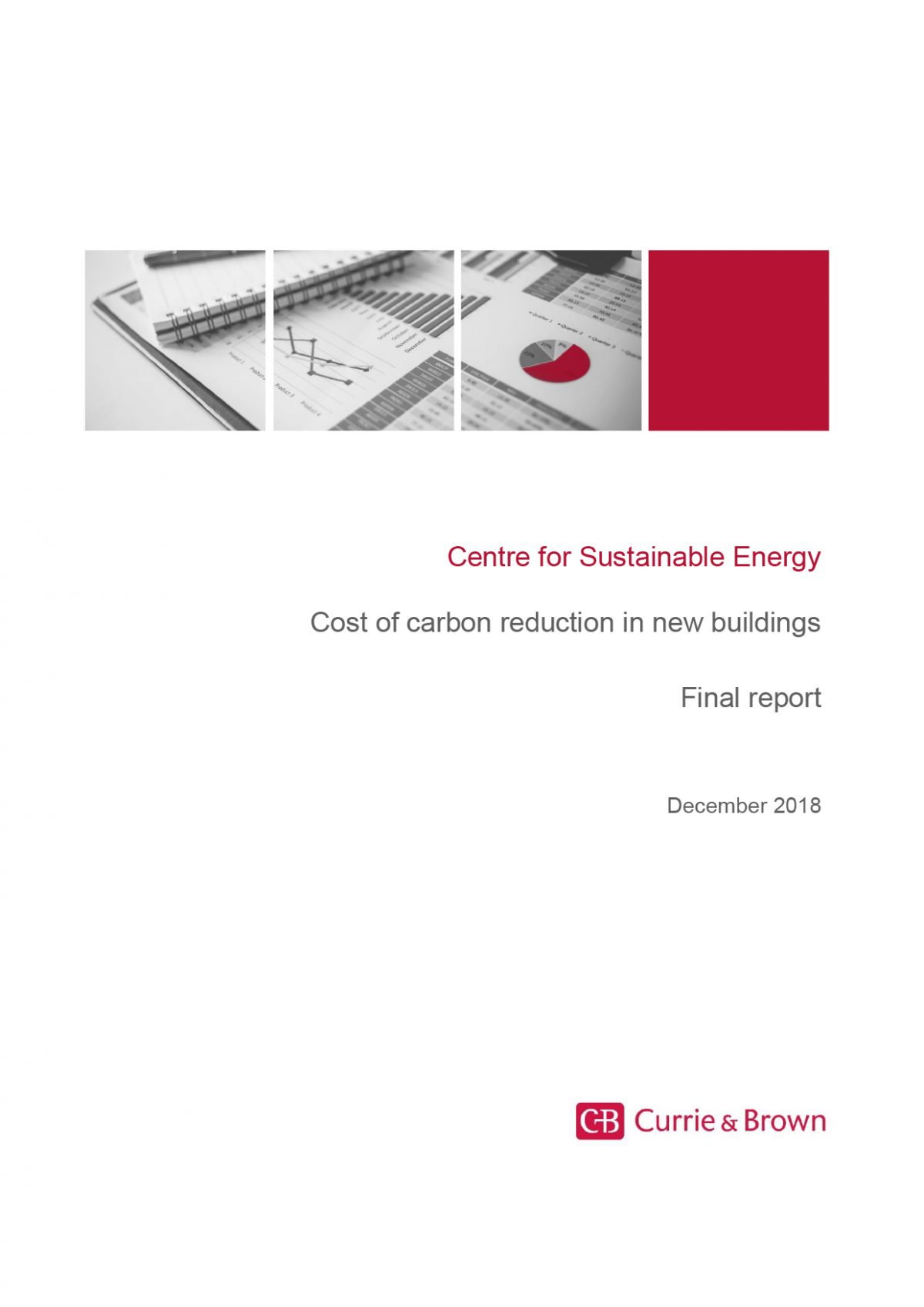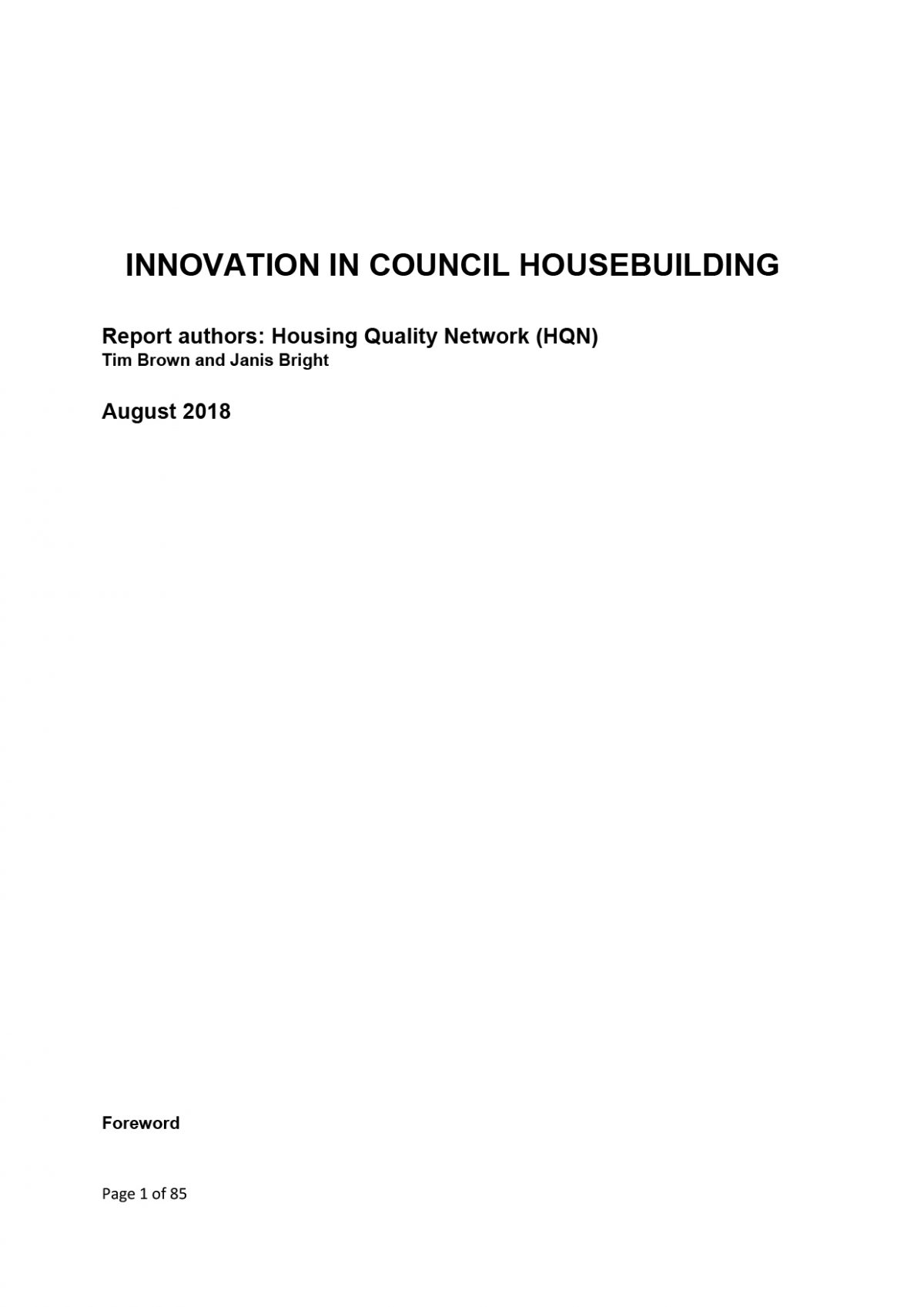The report includes a framework for the UK construction and property industry to transition new and existing buildings to becoming net zero carbon by 2050, in line with the ambitions of the Paris Climate Agreement. It provides an overarching framework of consistent principles and metrics that can be integrated into tools, policies and practices, and aims to build consensus in the industry on the approach to decarbonising buildings.
The new framework offers guidance for developers, owners and occupiers targeting net zero carbon buildings, setting out key principles to follow and outlining how such a claim should be measured and evidenced. Two approaches to net zero carbon are proposed by the framework which can be accurately measured today:
- Net zero carbon – construction: The embodied emissions associated with products and construction should be measured, reduced and offset to achieve net zero carbon.
- Net zero carbon – operational energy: The energy used by the building in operation should be reduced and where possible any demand met through renewable energy. Any remaining emissions from operational energy use should be offset to achieve net zero carbon.
With today’s report presented as a starting point, the next ten years will see the scope and ambition of the framework increased to encourage greater action. In the short-term, additional requirements will be introduced to challenge the industry, including minimum energy efficiency targets and limits on the use of offsets. In the longer term, the two approaches for construction and operational energy will be integrated into a broader approach for net zero whole life carbon, covering all of the emissions associated with the construction, operation, maintenance and demolition of a building.
Ashley Bateson, Partner at GHA member Hoare Lea said:
“We are proud to be a sponsor of the Advancing Net Zero programme. At Hoare Lea we feel it’s crucial that the property sector has an agreed framework for defining net zero carbon development. This gives industry a clear basis for reducing carbon emissions from the built environment towards zero in the near future. The environmental imperative for targeting ‘net zero’ is now loud and clear.”
Author: UK Green Building Council (UKGBC)
Publication date: April 2019
DOWNLOAD
Further information: www.ukgbc.org/ukgbc-work/advancing-net-zero/.
